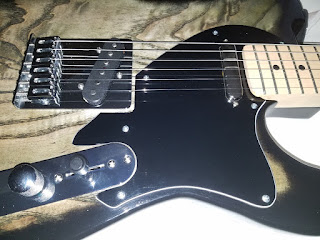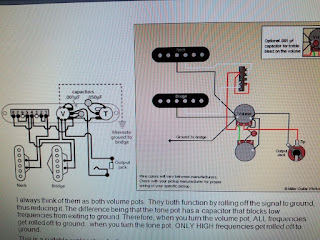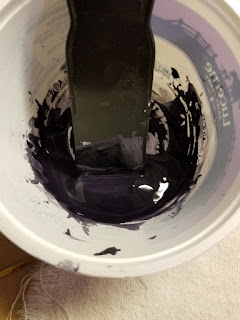Blog Navigation
Welcome to the Telecaster Project Build blog. Posts are listed in reverse chronological order, or can be selected via the tiny menu icon at top left. You might also start at one of the page links above for an overview. Thanks for checking it out....




